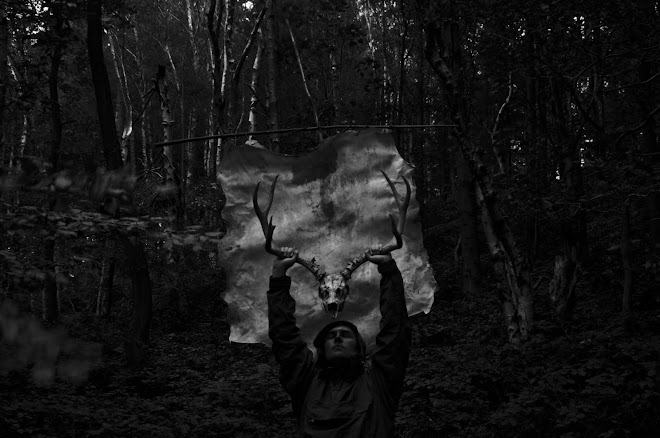




Why is this moor strewn with ancient sites? The obvious topographic features that are visible from the moor hold the key: To the west is the long glacial ribbon lake of Ullswater, draining at it’s northern end through the river Eamont. On the outskirts of the modern village of Pooley Bridge and overlooking the lake and river is Dunmallard Hill, an ancient hill fort crowning the conical wooded summit with ditches and ramparts up to 10 metres high. Immediately to the west of the circle is High Street, the Roman road which was probably an enlargement of an older pathway along the ridge line. To the east is the Lowther valley – with the Penrith complexes of ancient monuments to the north and the Shap complexes to the south. The Divock Moor sites sit at the centre of this network, the saddle of land beneath Loadpot Hill to the South allowing a relatively easy ascent and descent from valley to valley. Beyond the immediate landscape the site has clear uninterrupted view to the north west, to the twin conical hills of Great Mel and Little Mel with their cairns and burial mounds and further on to the massive hulking presence of Blencathra and Skiddaw, both capped with snow during my visit. Like Castlerigg to the west The Cockpit sits below an amphitheatre of High Places and at the nexus of pathways that follow river valleys and mountain ridges. It is the landscape and the power that is contained within its features that dictates the placement of these circles.


No comments:
Post a Comment